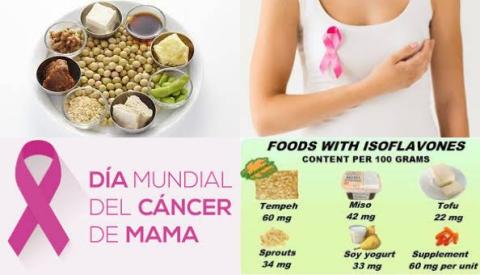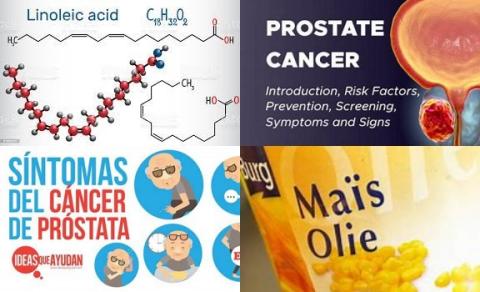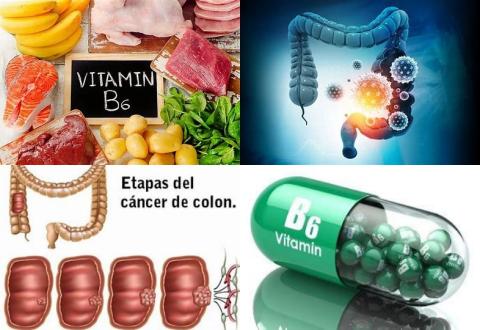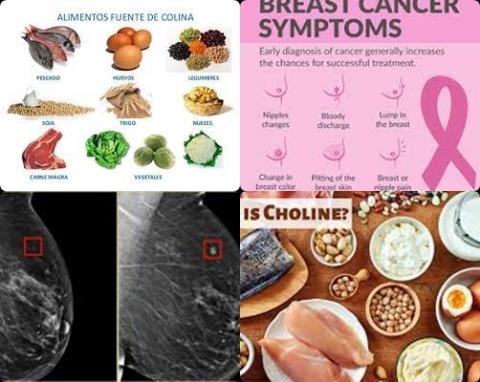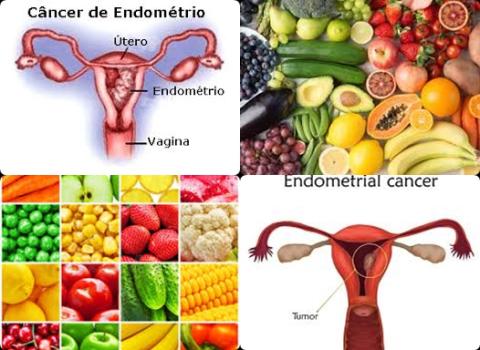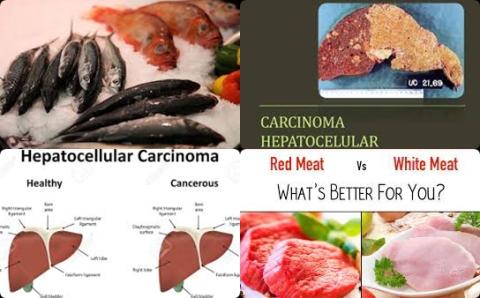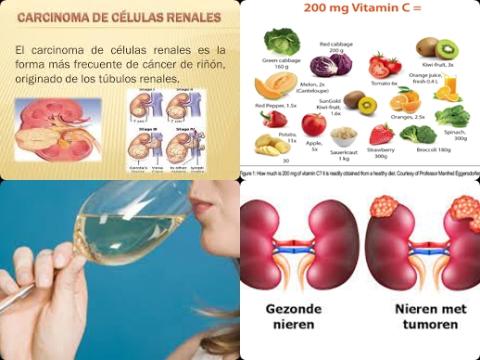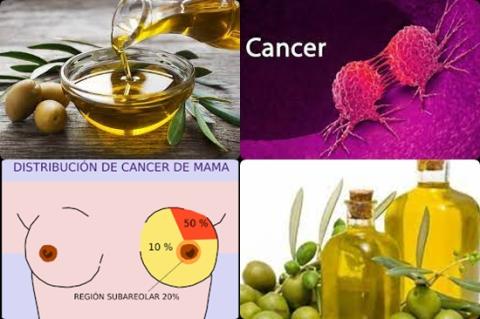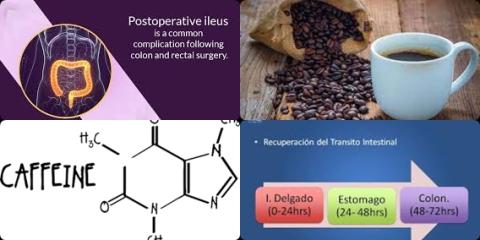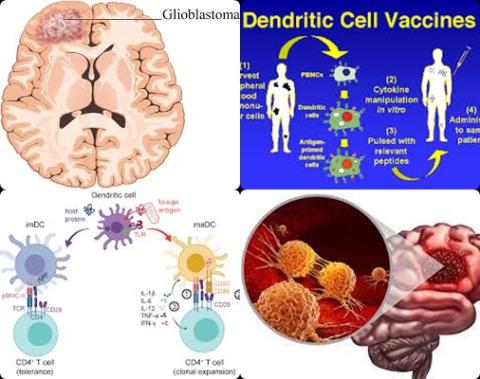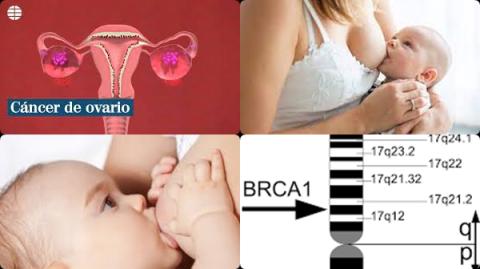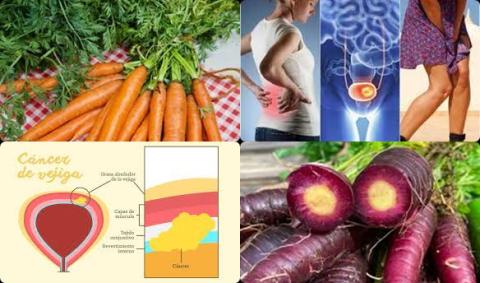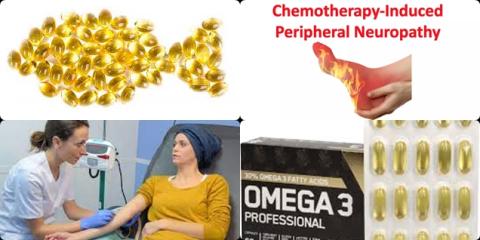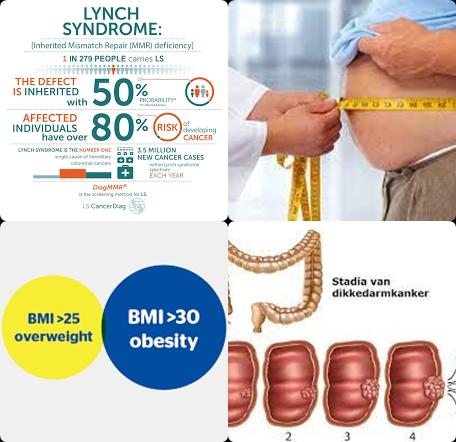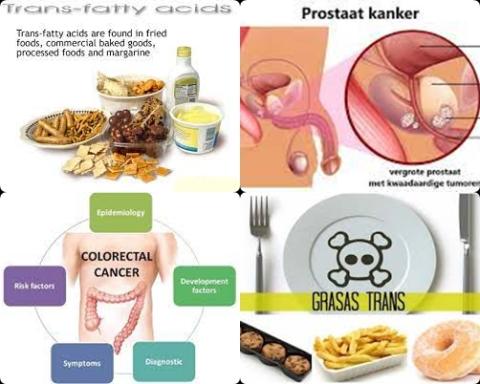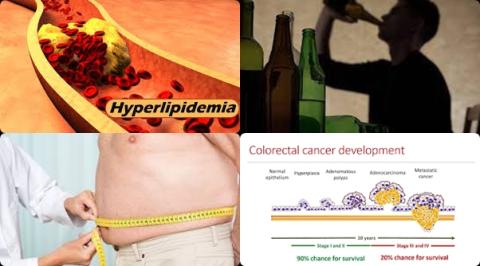Cancer
Scientific studies (review articles) on the relationship between diet/nutrients and cancer prevention:
One swallow does not make a summer. A famous Dutch saying that could not be any more obvious. Just because one single scientific study about a certain topic makes certain claims, it does not necessarily mean it is true. On the other hand, a review article (a collection of scientific studies on a certain topic) of randomized, placebo-controlled double blind clinical trials (RCTs) will answer the following question:
"Do taking dietary supplements make sense?" Yes for a positive conclusion and no for a negative conclusion.
One swallow does not make a summer. A famous Dutch saying that could not be any more obvious. Just because one single scientific study about a certain topic makes certain claims, it does not necessarily mean it is true. On the other hand, a review article (a collection of scientific studies on a certain topic) of cohort studies or case-control studies will answer the following question:
"Should I change my diet?".
2024:
- Higher carotenoids levels reduce breast cancer
- Daily 61g tofu reduce cancer
- Daily 150-200mg dietary vitamin C reduce gastric cancer
2023:
- 10 mg/d isoflavone dietary intake reduce breast cancer
- Higher tissue levels of linoleic acid reduce prostate cancer
- High blood vitamin B6 levels reduce colorectal cancer
- Higher choline dietary intake may reduce breast cancer
2022:
- Fruits and vegetables reduce endometrial cancer
- Higher blood levels of alpha-linolenic acid reduce colorectal cancer
- High folate dietary intake reduces colon cancer in people with medium or high alcohol consumption
- Higher dietary intake of processed meat increases hepatocellular carcinoma
- Dietary intake of vegetables and vitamin C could reduce renal cell carcinoma
- A high olive oil consumption reduces cancer risk
- Postoperative coffee or caffeine consumption causally reduces postoperative ileus
2021:
- 600 mg/d vitamin E supplementation decreases chemotherapy-induced peripheral neuropathy
- Dendritic cell vaccine provides no benefits for newly diagnosed glioblastoma
- Breastfeeding reduces ovarian cancer in women with BRCA1 or BRCA2 mutation
- No association between consumption of carrot and bladder cancer
- Omega-3 PUFA supplementation may reduce chemotherapy-induced peripheral neuropathy
- High consumption of cruciferous vegetables, citrus fruits, garlic and tomatoes may reduce colorectal cancer
- Obesity increases colorectal cancer in men with Lynch Syndrome
- Dietary calcium intake reduces colorectal adenomas
- High consumption of dietary trans fat increases prostate cancer and colorectal cancer
- Hyperlipidemia, obesity and high alcohol consumption are risk factors of early-onset colorectal cancer
- Guarana supplementation does not reduce cancer-related fatigue
- CoQ10 supplementation reduces markers of inflammation and MMPs in patients with breast cancer
- Obesity is a risk factor for mortality from primary liver cancer
- Branched-chain amino acids supplementation during oncological surgical period may reduce post-operative morbidity from infections and ascites
- High saturated fat increases liver cancer
- Coffee and tea consumption reduce glioma
- Higher mushroom consumption reduces breast cancer
- 1 cup/d green tea reduces esophageal cancer among women
- Malignancy increases severe/critical COVID-19
- Anti-cancer therapy have no adverse effects on severity and mortality in cancer patients with COVID-19
- No association between potato consumption and cancers
- 100 mg/d dietary magnesium intakes reduce cancer mortality
- Daily 60 to 80 grams citrus fruit reduce lung cancer
- A low selenium level increases breast cancer
- No association between fish intake and pancreatic cancer
- No association between dietary acrylamide intake and breast, endometrial and ovarian cancer
2020:
- Vegetable and fruit consumption reduce biliary cancer
- Tree nuts reduce cancer mortality
- A high plasma folate level does not reduce breast cancer
- Higher intakes of total protein reduce all-cause mortality
- Higher vitamin C dietary intake reduces breast cancer
- Habitual tea consumption reduces nasopharyngeal cancer
- Ovarian cancer survivors should consume 300 g/d vegetables and 300 g/d fruit
- Fat, cholesterol and vitamin A increase ovarian cancer
- Circulating concentrations of α-carotene, β-carotene and lutein and zeaxanthin reduce bladder cancer
- Dietary omega-3 PUFAs intake reduce digestive system cancers
- 40 g/day of pickled vegetable increase gastric cancer
- Higher vitamin B2 and B6 dietary intake decreases ER-/PR- breast cancer
- 30 min/day light-intensity physical activity reduce cancer mortality
- 100-g/d fish consumption decreases liver cancer
- Dietary intake of vitamin A reduces ovarian cancer among North Americans
- Nitrite dietary intake increases non-Hodgkin lymphoma in females
- Carbohydrate dietary intake may decrease esophageal cancer
- Hepatitis C increases pancreatic cancer
- Higher linoleic acid blood concentration reduces cancer mortality
- Waist circumference is a significant risk factor of liver cancer
- Tea consumption may reduce colorectal cancer in female
- Daily 20 grams tree nuts reduces cancer of the digestive system
- Green tea reduces stomach cancer
- Dietary salt intake increases risk of esophageal cancer
- Garlic could reduce risk of colorectal cancer
2019:
- Dietary fiber intake reduces endometrial cancer
- High β-carotene concentration reduces bladder cancer
- High consumption of polyunsaturated fat increases skin cancer
- 100g fruit per day decrease lung cancer in former smokers
- Carrot consumption decreases the lung cancer adenocarcinoma
- 0.5 g/day dietary trans fat intake increases ovarian cancer
- High serum iron levels increase breast cancer risk
- Egg consumption is not associated with brain cancer risk
- Tea reduces brain cancer in American population
- Decaffeinated coffee consumption could reduce ovarian cancer
- Diet with high total antioxidant capacity decreases cancer mortality
- Omega-3 fatty acids in fish consumption reduce breast cancer in Asian patients
- Physical activity reduces lung cancer among smokers
- Trans fatty acids are not associated with risk of breast cancer
- Daily 100 μg dietary folate intake reduce oestrogen-receptor-negative breast cancer
- 100-300 g/day fruit or vegetables reduce all-cause mortality
2018:
- 10g dietary fiber intake per day may reduce ovarian cancer risk
- 1 μg/day dietary B12 intake increases esophageal cancer
- Protein intake does not increase prostate cancer
- No association between vitamin A, C, D, E and lycopene and risk of non-Hodgkin lymphoma
- Wine consumption is not associated with colorectal cancer
- Dietary carrot intake reduces breast cancer
- High intake of dietary flavonols, flavones and anthocyanidins may decrease colorectal cancer
- Calcium intake of <750 mg per day could be a risk factor for prostate cancer
- No association between carbohydrate intake and prostate cancer risk
- 5 mg/day vitamin B2 intake reduces colorectal cancer risk
- Moderate consumption of white wine increases the risk of prostate cancer
- Citrus fruit intake reduces risk of esophageal cancer
- Daily 10 mcg dietary intake of vitamin D decreases risk of pancreatic cancer
- Every 5 kg/m2 increase in BMI corresponds to a 2% increase in breast cancer risk in women
- A high dietary cholesterol intake might increase lung cancer risk
- Daily higher cooked tomatoes and sauces consumption reduces prostate cancer risk
2017:
- Saturated fat increases breast cancer mortality among women
- Daily dietary intake of 100g red meat and 50g processed meat increase risk of colorectal cancer
- Daily 2-4 g carnitine does not reduce cancer-related fatigue
- At least 28 g/d whole grain intake reduce risk of total, cardiovascular and cancer mortality
- High intake of cooked carrot might be associated with a low incidence of urothelial cancer
- Breastfeeding during 6-9 months reduces risk of endometrial cancer
- N-3 PUFA supplementation improves immune function and reduces the level of inflammation in gastrointestinal cancer patients postoperatively
- Plant-based dietary patterns decrease cancer risk
- Up to 12g/day nut consumption is associated with reduced all-cause and coronary heart disease mortality
- A high intake of red meat increases risk of lung cancer among non-smokers
- High serum selenium levels reduce risk of cervical cancer among women
- Both high vitamin E intake and circulating vitamin E levels could reduce cervical neoplasia risk
- High intakes of saturated fat increase risk of lung cancer
- Vitamin and antioxidant supplements have no overall preventive effect against bladder cancer
- At least 1600 mg/day calcium may reduce the recurrence of colorectal adenomas
- High levels of physical activity reduce risk of breast cancer in postmenopausal women with a BMI until 30
- Daily 100g processed and red meat intake increase esophageal cancer risk
- No more than 175 mg/d dietary DHA intake reduces endometrial cancer
- Daily 621 mg dietary calcium has protective effect against esophageal cancer in Asian populations
- 1-3 servings/d vegetables may lower risk of renal cell carcinoma
- Daily 20 grams legume reduces risk of prostate cancer
- Daily 300 mcg dietary iodine may decrease risk of thyroid cancer
- Daily 2 mg dietary lycopene consumption reduces prostate cancer risk
- At least 7 cups/day green tea intake reduce prostate cancer
- 1 mg/day dietary vitamin B2 intake reduces risk of breast cancer
- Higher dietary carbohydrate intake increases colorectal cancer risk in men
- A high total fat consumption increases non-Hodgkin's lymphoma
- Daily 2 mg dietary vitamin E intake reduces lung cancer risk
- 20 mg/d isoflavones dieatary intake reduces risk of colorectal neoplasms in Asians
- Elevated serum selenium levels may decrease high-grade prostate cancer among current and former smokers
2015:
- 100-400g/day fruits and vegetables reduce risk of lung cancer
- High garlic and onion consumption are likely to reduce gastric cancer risk
- Manganese deficiency may increase breast cancer
- High dietary vitamin B9, D, B6 and B2 intake reduces risk of colorectal cancer
- Red meat induced colorectal cancer is not modified by NAT2 enzyme activity
2014:
- Low-fat diet reduces recurrence of breast cancer
- Cruciferous vegetable intake protects against cancer of the colon
- Recreational physical activity reduces risk of gastric cancer
- Daily 200-320 micrograms dietary folate intake reduce breast cancer risk
- 100 g/day red meat intake may increase gastric cancer risk
- Red meat consumption increases esophageal cancer risk
- White meat and fish consumption reduce risk of hepatocellular carcinoma
2012:
- High salt intake increases gastric cancer
- High intake of vegetables and fruit decreases risk of esophageal squamous cell carcinoma
2011:
XXXXXXXXXXXXXXXX
The human body consists of organs like liver, lungs and heart. Organs consist of tissues and tissue consists of cells. Under normal circumstances cells only divide when needed, e.g. at recovery, growth and wound healing. This process is also called controlled cell division. Controlled cell division is necessary and innocent. However, it becomes dangerous when cell division within a particular organ is no longer under control. In that case, is called cancer. Cancer is a disorder, characterized by uncontrolled cell division in a particular organ. Cancer is often deadly when there is metastasis.
The oxidative DNA damage is a major risk factor for developing cancer. Antioxidants can protect the DNA against oxidative damage. Oxidative damages can be caused by free radicals.
The word "cancer" is derived from the Latin word "cancer", which means "lobster". There are several types of cancer.
Cancer mortality can be reduced if cases are detected and treated early. There are 2 components of early detection efforts:
- early diagnosis
- screening
Cancer is a leading cause of death worldwide.
The most common in 2020 (in terms of new cases of cancer) were:
- breast
- lung
- colon and rectum
- prostate
- skin (non-melanoma)
- stomach
The most common causes of cancer death in 2020 were:
- lung
- colon and rectum
- liver
- stomach
- breast
Between 30 and 50% of cancers can currently be prevented by avoiding risk factors and implementing existing evidence-based prevention strategies.
Dietary guidelines for cancer prevention:
- 7-points nutritional profile of cancer prevention is a diet with:
- maximum 30 En% fat
- maximum 7 En% saturated fat
- maximum 0.2 grams salt per 100 kcal
- minimum 1.5 grams fiber per 100 kcal
- maximum 70 En% carbohydrates
- maximum 25 En% sugar
- maximum 35 En% protein
- The easiest way to follow this diet is to choose only products/meals with:
- maximum 30 En% fat
- maximum 7 En% saturated fat
- maximum 0.2 grams salt per 100 kcal
- minimum 1.5 grams fiber per 100 kcal
- maximum 70 En% carbohydrates
- maximum 25 En% sugar
- maximum 35 En% protein
- However, the most practical way to follow this diet is, all your daily consumed products/meals should contain on average:
- maximum 30 En% fat
- maximum 7 En% saturated fat
- maximum 0.2 grams salt per 100 kcal
- minimum 1.5 grams fiber per 100 kcal
- maximum 70 En% carbohydrates
- maximum 25 En% sugar
- maximum 35 En% protein
- Use the 7-points nutritional profile app to see if your daily diet contains:
- maximum 30 En% fat
- maximum 7 En% saturated fat
- maximum 0.2 grams salt per 100 kcal
- minimum 1.5 grams fiber per 100 kcal
- maximum 70 En% carbohydrates
- maximum 25 En% sugar
- maximum 35 En% protein
- Eat fish that provides at least 250 mg EPA and DHA per day.
- Aim for a healthy weight. A healthy weight has a BMI of 18.5-25. BMI is weight divided by height squared (weight (kg)/height2 (m)).
- Spend at least 60-90 minutes per day on physical exercises or at least 10,000 steps per day.
- Eat 25-30 grams of vegetables and 2-5 servings of fruit a day or at least 25 grams of fiber per day.
25grams of fiber per day corresponds to a daily diet of 1.3 grams of fiber per 100 kcal. - Eat plenty of whole grains, such as brown bread, oatmeal and legumes.
- Limit to 2 glasses of alcohol for men and 1 glass for women a day or <20 g alcohol per day.
- Eat no more than 6 grams of salt per day, corresponding to 2400 mg of sodium.
6 grams salt per day corresponds to a daily diet of <0.3 g salt per 100 kcal. - Do not take antioxidant supplements. They do more harm than good!
- Eat no more than 500g of red meat per week. Red meat increases the risk of developing colorectal cancer.
Different types of cancer:
